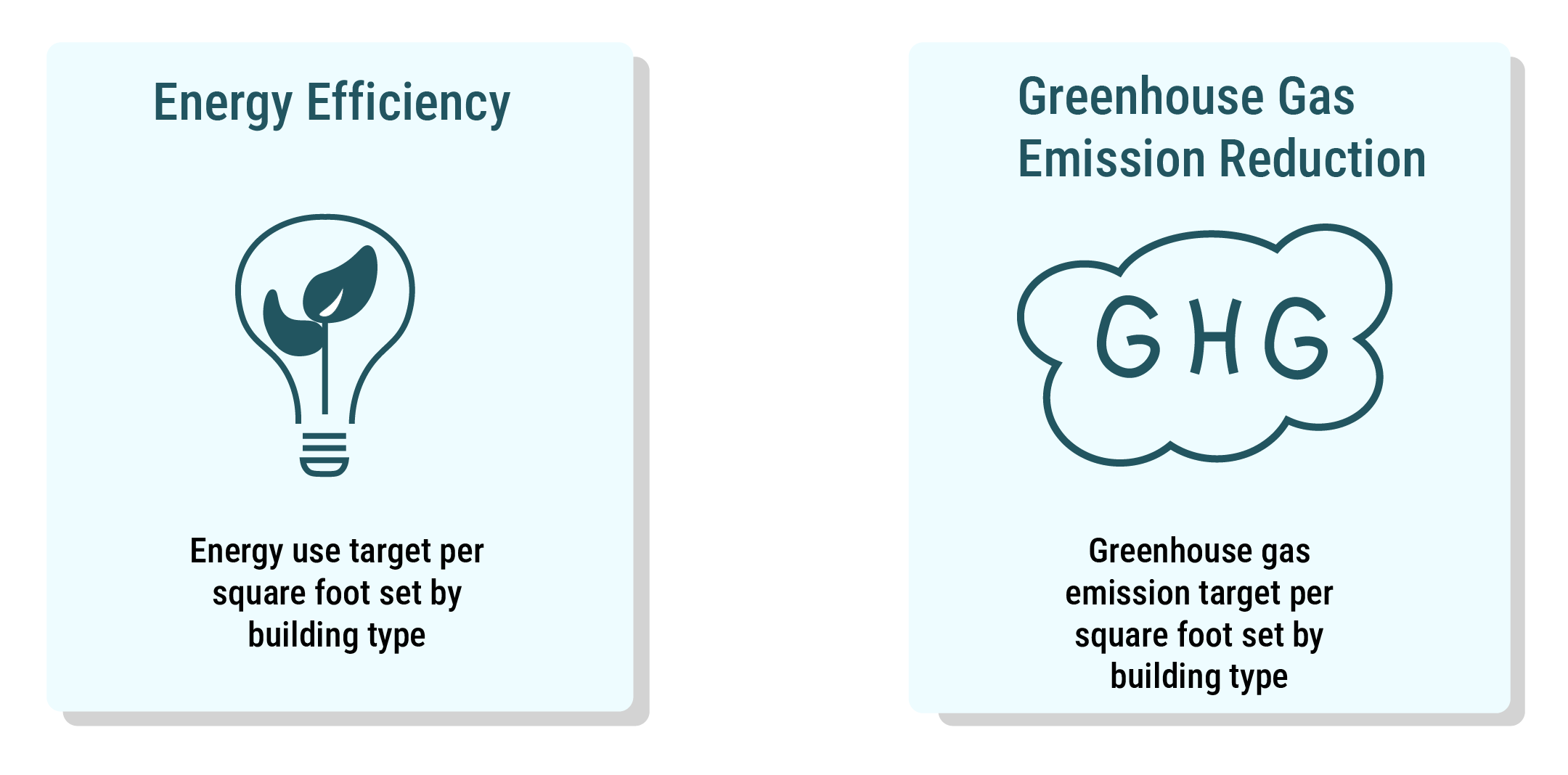Colorado Regulation 28 Consulting
Analysis of all compliance pathways to ensure lowest capital expenditure and highest ROI
Highlights
- Benchmarking
- Third Party Data Verification
- Target Adjustment Applications
- Square Footage Verification
- ASHRAE Energy Audits
- Pathway Adjustment Submissions
- Timeline Adjustment Applications
Overview
The 2026 performance target has been deemed a “goal” rather than a target moving forward. It is now considered to be guidance for building owners and will no longer result in fees if the “target” is not met. This is great news for building owners as it relieves the need for making building upgrades in the 2025 calendar year and pushes the needs for any upgrades until the final target year of 2030.
The Colorado Energy Office has also announced that they will review local building performance ordinances to deem compliance with Regulation 28 standards. This means that building performance ordinances in Denver, Boulder, Aspen, Lakewood, and Fort Collins could suffice the state requirements and building owners would only have to comply with local ordinances. Currently the Cities of Aspen, Lakewood, and Fort Collins are still developing their building performance standard programs. Boulder’s program does not require buildings to hit specific EUI targets so this update will likely only apply to buildings in Denver for the near future.
Compliance Pathways
There are currently four options for a compliance pathway through the State of Colorado building performance program. The options boil down to two different types of energy reduction. One is called “Energy Efficiency” and the other is “Greenhouse Gas Reduction”. So, what is the difference? Electricity and natural gas produce different amounts of greenhouse gases per MMBtu of energy produced. How much greenhouse gas produced is actually specific to different regions of the United States. Some energy providers have more efficient processes while other produce electricity by entirely different means. Governor Polis’ administration has committed to 100% renewable electricity production by 2040. In anticipation of the changes to Colorado’s electrical grid, the Colorado Energy Office has set the 2030 electrical green house gas emissions to be lower than greenhouse gas emissions produced by natural gas.
Buildings that primarily consume natural gas as an energy source may be able to reach a Greenhouse Gas Reduction target more easily than a general Energy Efficiency target due to Colorado’s changing infrastructure.

Target adjustments and timeline adjustments both require ASHRAE Energy audits as part of the application process. This can allow owners to achieve a more reasonable targets and create a plan for compliance simultaneously. Contact Cascade today to start creating a roadmap to compliance.
